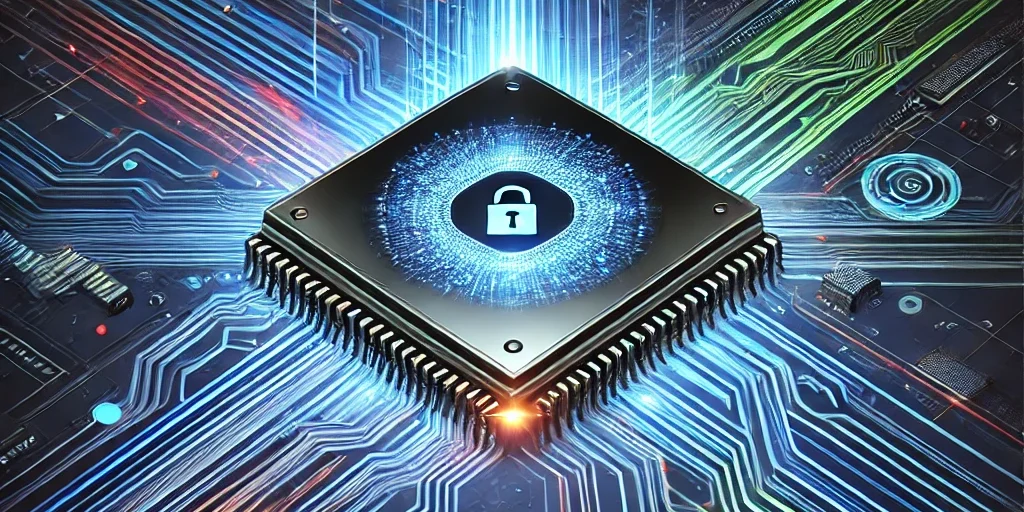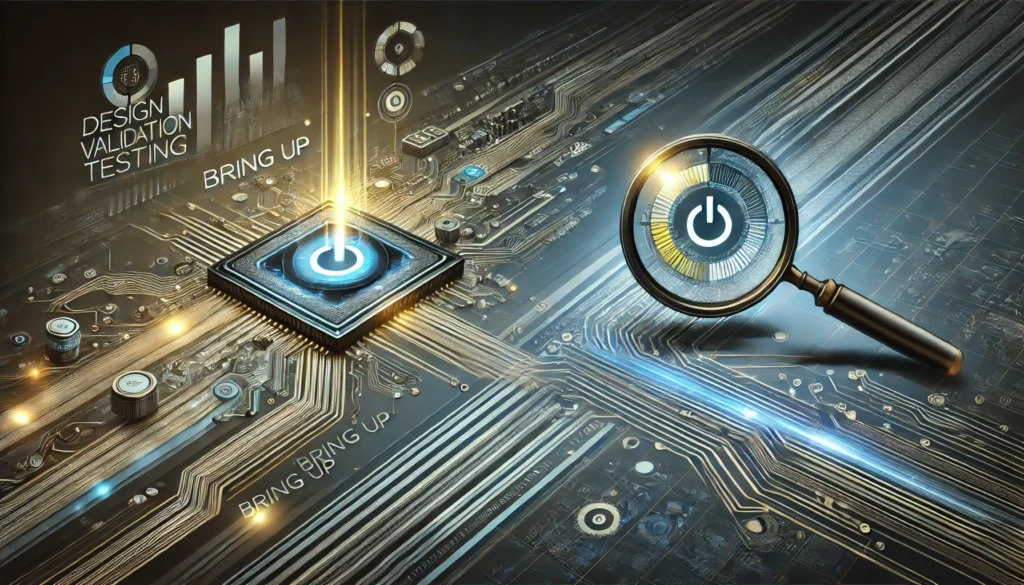In today’s interconnected world, where smart devices and embedded systems are everywhere, security goes beyond just software and networks. Physical attacks have emerged as a growing concern, especially when it comes to protecting hardware. This article explores the realm of physical attacks, their methods, categories, and the countermeasures you can adopt to strengthen your devices’ security.
What Are Physical Attacks?
Physical attacks involve exploiting vulnerabilities directly in the hardware, where the attacker needs physical or close access to the device in order to collect data—often sensitive information. Unlike traditional cyber attacks, these methods focus on the device’s physical characteristics—such as voltage, current, operational timing, and even electromagnetic emissions—to extract secrets like cryptographic keys or design details.
The essence of these attacks lies in two critical stages:
- Interaction Phase: The attacker interacts with the device using specialized equipment to measure and collect data.
- Exploitation Phase: Once the data is gathered, the attacker analyzes it to reveal sensitive information, thereby compromising the system’s security.
Categories of Physical Attacks
Understanding the different types of physical attacks is essential to grasp the risks involved and implement the proper countermeasures. Physical attacks can be classified according to how they interact with the device and their level of invasiveness:
1. Invasive Attacks
- Definition: These require direct access to the device’s internal components, often involving disassembly and in-depth analysis of the integrated circuit.
- Characteristics:
- High cost and complexity.
- May be irreversible, causing permanent damage to the system.
- Examples include reverse engineering and microprobing.
2. Non-Invasive Attacks
- Definition: Here, the attacker interacts with the device without causing physical damage, using external interfaces to monitor signals or inject data.
- Characteristics:
- Lower cost and reduced risk of damage.
- Often repeatable and can go undetected, as they leave little to no evidence of tampering.
- Examples include side-channel attacks and fault injection through signal manipulation.
3. Semi-Invasive Attacks
- Definition: These fall between invasive and non-invasive attacks, where the attacker needs access to the chip’s surface but doesn’t penetrate deeply into its interior.
- Characteristics:
- A balance between cost, risk, and effectiveness.
- May or may not leave evidence after the attack, depending on the method used.

Motivations Behind Physical Attacks
Regardless of the method, the underlying motivation for most physical attacks is profit. Whether it’s for direct monetary theft, the illegal sale of products, or disrupting competitors’ services, attackers see financial gain as their main incentive. Key motivations include:
- Theft of Services or Money: Attacks targeting devices like smart cards, set-top boxes, or gaming consoles with the aim of committing direct fraud.
- Intellectual Property Piracy and Illegal Resale: Cloning integrated circuits and intellectual property piracy are common, leading to the commercialization of illegal products.
- Unfair Competitive Advantage: Introducing malicious updates or compromised hardware to disrupt competitors and gain an edge in the market.
Techniques and Examples of Physical Attacks
Reverse Engineering
Reverse engineering involves a detailed study of the hardware to understand its internal structure and operation. Despite its high cost and the advanced technical skills required, this technique can reveal crucial information that may facilitate other types of attacks.
Microprobing
By employing high-precision equipment, microprobing allows direct access to the chip’s surface for signal manipulation and measurement. This technique is generally considered invasive and requires a controlled environment for successful execution.
Fault Generation
Fault generation involves inducing abnormal operating conditions—such as voltage or temperature variations—to force the device to behave unexpectedly, potentially exposing sensitive data or security flaws. Depending on the method, this type of attack can be either non-invasive or semi-invasive.
Side-Channel Attacks
This method exploits the physical emissions of a device, such as power consumption and electromagnetic radiation, to deduce secret information during its normal operation. These attacks demonstrate that even without direct physical access to the chip’s internals, vulnerabilities can be exploited in subtle and effective ways.
Strategies and Countermeasures for Hardware Protection
Given the diverse range of threats, it is crucial for industries and governments to establish strict security standards for products. Here are some recommended practices:
- Implement Physical Protection Measures: Use secure encapsulation, intrusion detection sensors, and obfuscation techniques to make physical access to components more difficult.
- Advanced Encryption: Even if an attacker gains access to the hardware, robust cryptographic algorithms can prevent the extraction of sensitive data.
- Regular Security Audits and Testing: Conduct ongoing tests and attack simulations to identify and fix vulnerabilities before they can be exploited.
- Firmware and Software Updates: Keep device firmware and software up-to-date to address potential vulnerabilities that could be exploited through non-invasive attacks.
Conclusion
Hardware security is a constantly evolving field where physical attacks represent a real and increasingly sophisticated threat. Understanding the various techniques—from reverse engineering to side-channel attacks—enables professionals and companies to develop more effective strategies for protecting their devices. By investing in physical and cryptographic countermeasures, it is possible not only to deter attacks but also to turn potential risks into opportunities to enhance the security throughout the production and consumption chain.
Stay informed about the latest trends in hardware security and invest in technologies that ensure your systems are safeguarded against physical threats. In a world where the cost of an attack can be high, prevention is always the best strategy for maintaining data integrity and customer trust.
To further deepen your understanding of hardware security, check out our article “Integrated Circuit Metering: Protecting Your Intellectual Property in the World of Chips”. In it, we discuss advanced metering techniques to safeguard intellectual property, complementing the physical attack countermeasures covered here.






Pingback: Physical Attacks on Hardware: Unveiling Threats and Defense Strategies - FortShield: Security for Professional Developers
Pingback: Side-Channel Attacks: Exploring Vulnerabilities in Modern Cryptography - FortShield: Security for Professional Developers
Pingback: Unveiling Side Channel Attacks: Timing and Scan Chain Techniques - FortShield: Security for Professional Developers